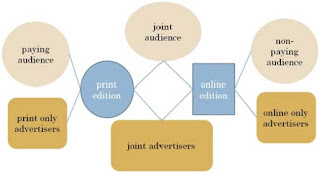FCC Moves to Halt Internet Service Provider Content Discrimination and Preferences
The Federal Communications Commission has moved to keep Internet service providers from limiting or unreasonably discriminating against content provided by competing services The regulations are designed to keep telephone and cable companies that provide phone services from using their Internet services to limit use of Skype and other online telephone services. It is also intended to halt them from making content provided by audio and video service providers they do not own less desirable by limiting downloads from firms such as Netflix or Hulu or providing faster service only for their own content. The rules are designed to maintain a level competitive position on the Internet and to restrict the abilities of companies that dominate access to the Internet from using oligopolistic control of the service points to harm content competitors. The regulations require that services allow their customers equal access to all online content and services, but allow the services some fle...
